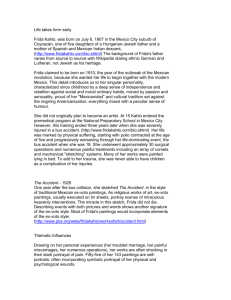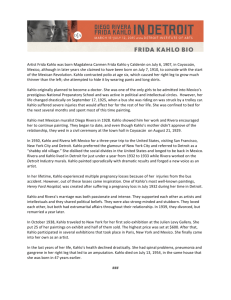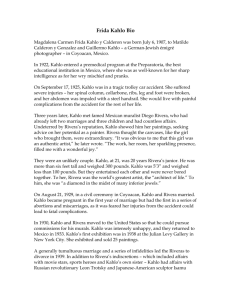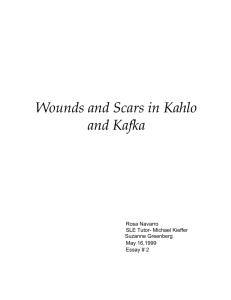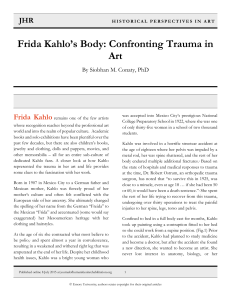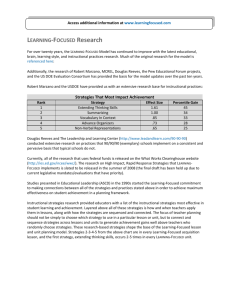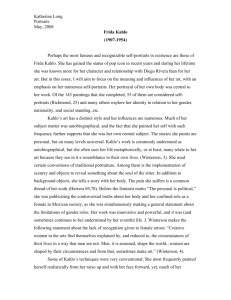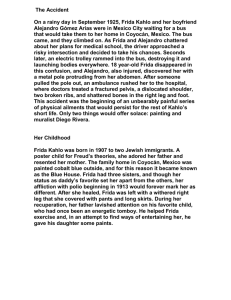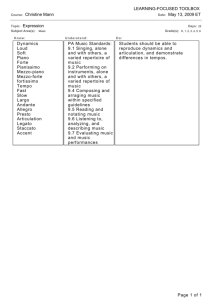ENGII-LEQ-1
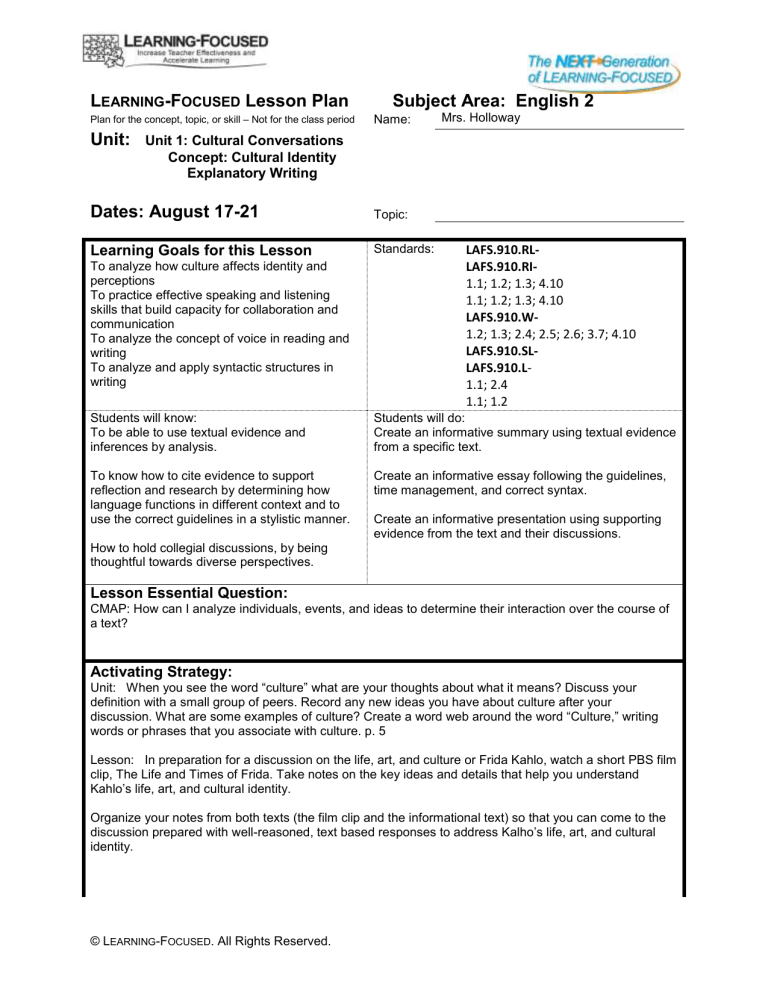
L
EARNING
-F
OCUSED
Lesson Plan Subject Area: English 2
Plan for the concept, topic, or skill – Not for the class period Name: Mrs. Holloway
Unit:
Unit 1: Cultural Conversations
Concept: Cultural Identity
Explanatory Writing
Dates: August 17-21
Topic:
Learning Goals for this Lesson
To analyze how culture affects identity and perceptions
To practice effective speaking and listening skills that build capacity for collaboration and communication
To analyze the concept of voice in reading and writing
To analyze and apply syntactic structures in writing
Students will know:
To be able to use textual evidence and inferences by analysis.
To know how to cite evidence to support reflection and research by determining how language functions in different context and to use the correct guidelines in a stylistic manner.
How to hold collegial discussions, by being thoughtful towards diverse perspectives.
Standards: LAFS.910.RL-
LAFS.910.RI-
1.1; 1.2; 1.3; 4.10
1.1; 1.2; 1.3; 4.10
LAFS.910.W-
1.2; 1.3; 2.4; 2.5; 2.6; 3.7; 4.10
LAFS.910.SL-
LAFS.910.L-
1.1; 2.4
1.1; 1.2
Students will do:
Create an informative summary using textual evidence from a specific text.
Create an informative essay following the guidelines, time management, and correct syntax.
Create an informative presentation using supporting evidence from the text and their discussions.
Lesson Essential Question:
CMAP: How can I analyze individuals, events, and ideas to determine their interaction over the course of a text?
Activating Strategy:
Unit: When you see the word “culture” what are your thoughts about what it means? Discuss your definition with a small group of peers. Record any new ideas you have about culture after your discussion. What are some examples of culture? Create a word web around the word “Culture,” writing words or phrases that you associate with culture. p. 5
Lesson: In preparation for a discussion on the life, art, and culture or Frida Kahlo, watch a short PBS film clip, The Life and Times of Frida. Take notes on the key ideas and details that help you understand
Kahlo’s life, art, and cultural identity.
Organize your notes from both texts (the film clip and the informational text) so that you can come to the discussion prepared with wellreasoned, text based responses to address Kalho’s life, art, and cultural identity.
© L
EARNING -F OCUSED . All Rights Reserved.
Key vocabulary to preview and vocabulary strategy:
Literary Terms: voice, syntax, conflict, theme, thematic statement, allusion, symbol, image, figurative language, synthesis, perspective, argument, claim, counterclaim, concession, refutation
Concept Vocabulary:
Lesson Instruction
Learning Activity 1.6: Text and Image
As you read, use metacognitive markers to mark the text. As you mark the text, focus on the details emphasized that help you understand
Kahlo’s life, art, and cultural identity.
Assessment Prompt for LA 1.6:
Use the OPTIC graphic organizer to analyze this painting.
Respond in writing: p. 31 How did the information about the artist’s life help you to understand the artwork? What is the conflict presented in the artwork? Provide examples from the text to support your analysis.
How does Frida Kahlo’s painting Self Portrait on the Borderline Between
Mexico and the United States represent her cultural identity? Write an interpretive response and provide examples from the text, including
Kahlo’s symbolism, to support your analysis.
Differentiation: Use of images, graphic organizers, gallery walk, poetry, marking the text, non-fiction
Choice of final assignment
Learning Activity 1.6 continued:
Activating Poem: You will next read the poem “Legal Alien.” Prior to reading the poem, define the following words: Legal and Alien
Predict: Based on the title and the information about the author, what do you predict is the conflict expressed in the poem?
Assessment Prompt for LA 1.6 continued:
As you read the poem, answer as marginal notes: p. 32 As you saw in Frida Kahlo’s artwork, juxtaposition is the arrangement of two or more things for the purpose of comparison. Identify places where Mora juxtaposes two contrasting views, situations, or actions. How does she use this technique throughout the poem to create a sense of the speaker’s conflict with others- or her conflicted sense of self? p. 32 How does Pat Mora represent cultural identity in this poem?
Graphic Organizer:
Cornell Notes
OPTIC
Frayer for gallery walk
Revisit Web from Activity 1.2
Assignment: Gallery Walk:
Cultures in Conflict
Create display using an image that represents a cultural conflict.
Box 1: Artwork information
Box 2: What is the conflict presented in the artwork- historical information
Box 3: What are the implications of this conflict?
Did they have a world-wide effect or consequence?
Box 4: Connection to today
© L
EARNING -F OCUSED . All Rights Reserved.
Differentiation: Use of images, graphic organizers, gallery walk, poetry, marking the text, non-fiction
Choice of final assignment
Learning Activity 1.7:
Activating: What do you already know about India, or Bharatavarsha, as its people refer to it in the Hindi language?
Discuss Ghandi p. 34
As you read the memoir “By Any Other Name” by Santa Rama Rau, mark the text for answers to the following questions about conflict:
What cultural elements are described that reveal a sense of the narrator’s cultural identity?
What are the reasons for the conflict?
How are the conflicts resolved?
Assessment Prompt for LA 1.7:
Answer in group discussion: p. 35 Identify the diction that gives evidence of a developing conflict between the girls and the headmistress.
What mood is created by the participial phrase “whispering in every room”? p. 36 What elements of culture are referenced in the story? How do these contribute to our understanding of the narrator’s confused sense of cultural identity during the scene? p. 37 Explain the source of conflict during recess. p. 38 How does the underlined description of Ayah differ from the one earlier in the story?
How does the evening conversation contribute to a conflict?
The conjunction “but” often signals a shift. Predict the “crisis” at the heart of Premila’s quick departure from the school. p. 39 Are you startled by Mother’s reaction to Premila’s news? What or why not? What clues prepared you for Premila’s reaction to the teacher’s assumption?
Identify the conflicts in the story. How does this resolution address those conflicts?
Differentiation: Group discussion, video, pair share, writing p. 33 Choose from Artistic
Prompt and Creative Writing
Prompt: Students will either create an artistic work that portrays aspects of their cultural identity or they will write a poem that emulates the style of Pat Mora and explores a key aspect of their cultural identity.
Summarizing Strategy:
p. 40 Once you have mapped out the various cultural elements from the story, rank which ones seem most important to establishing the characters’ cultural identity in a way that sets up the story’s conclusion and resulting theme. Which cultural elements do you think would best allow you to describe your own cultural identity to a reader? Why?
Write a thematic statement that shows your understanding of the cultural conflict portrayed in “By Any
Other Name.”
Unit Summary: Cornell notes summary
© L
EARNING -F OCUSED . All Rights Reserved.
Ticket out the door questions: Which aspects of your cultural identity were you already aware of before you began this unit, and which did you discover through your study?
What are some of the different cultural heritages represented in your class that you became aware of through class discussions or shared writing?
Student Modification/Accommodations
1. Seat student near teacher.
2. Stand near student when giving directions/presenting.
3. Provide visual aids/graphic organizers.
4. Ensure oral directions are understood.
5. Allow extra time to complete tasks.
6. Simplify complex written directions.
7. Give test items orally.
8. Provide peer assistance/study groups.
© L
EARNING -F OCUSED . All Rights Reserved.
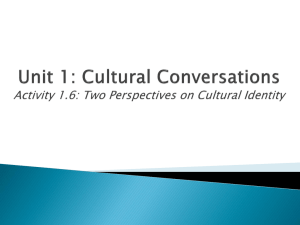



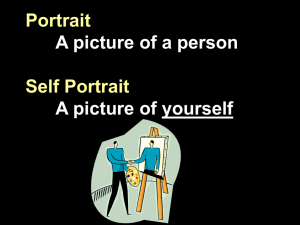
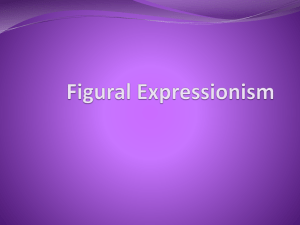


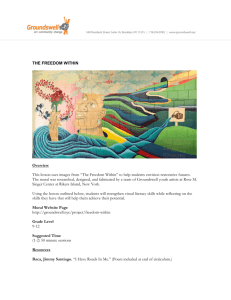


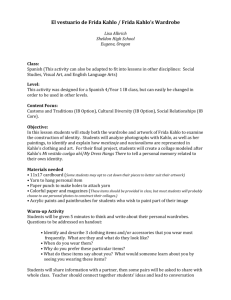
![“I paint my own reality,” [Frida] said](http://s3.studylib.net/store/data/008968270_1-bbdbbcee7caf43f77ba6fc2852a5ca3a-300x300.png)
